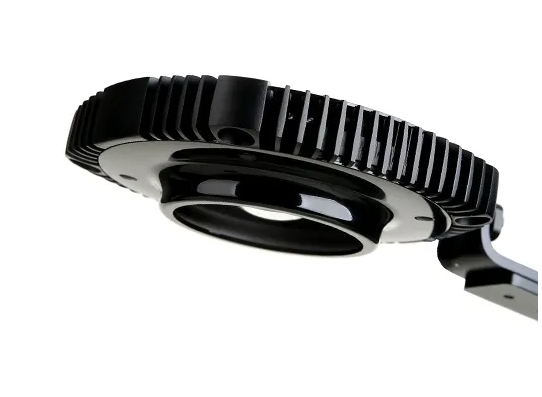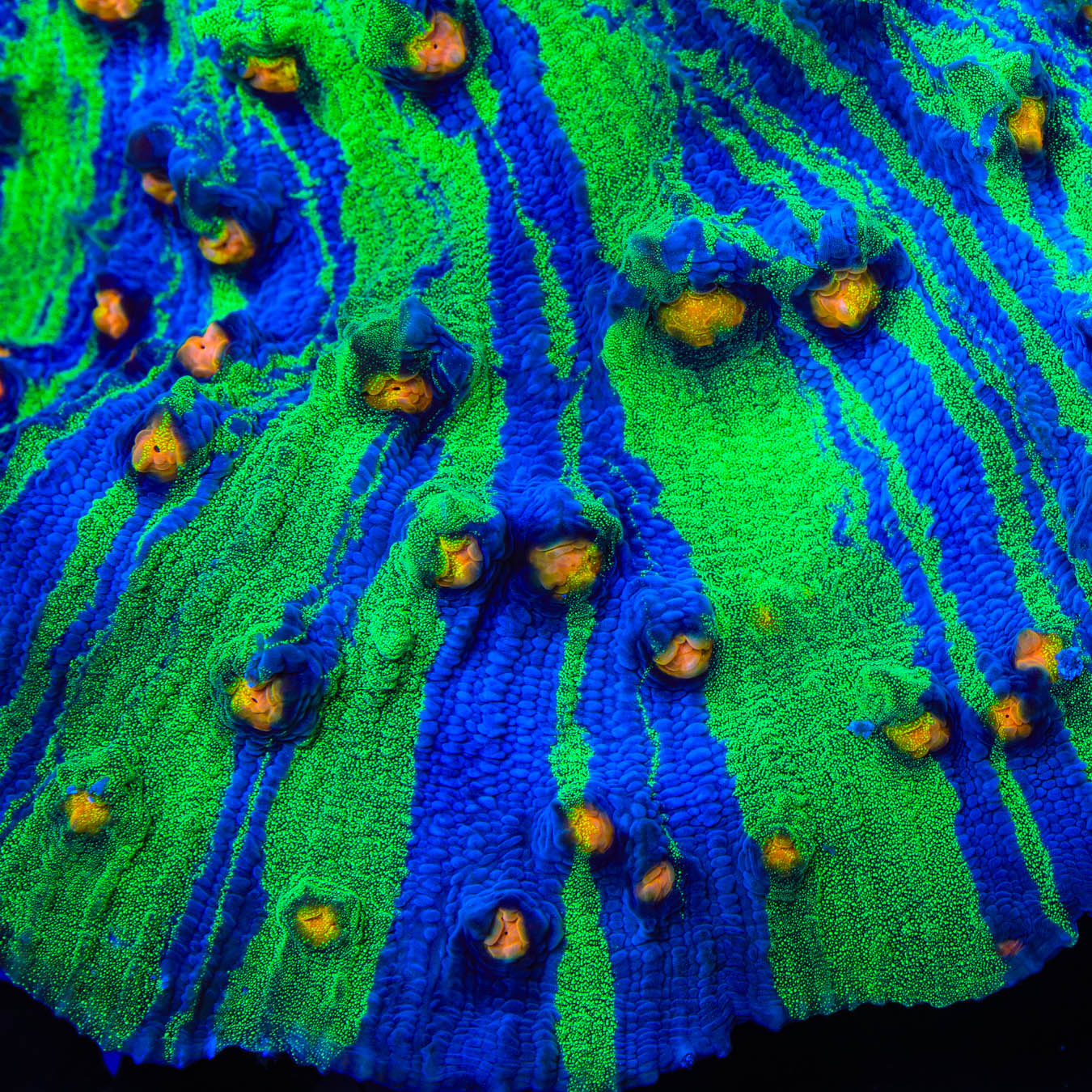If you have a reef tank, soft corals can be just as naturally beautiful as your fish. Corals also provide nutrients for many of the other organisms living in your aquarium.
But aren’t corals difficult to care for? Are there any corals that are suitable for a beginner tank? And can you grow corals from scratch in a home aquarium?
Keep reading to learn everything you need to know about keeping soft corals!
What Are Soft Corals?
Soft coral species are generally regarded as some of the easiest to care for in the reef hobby. Some common types of soft corals include sea fans, sea whips, and leather corals, a few of which do well in the home reef tank.
Soft corals play vital roles in marine ecosystems, offering shelter to many marine organisms and helping to stabilize the seafloor, and they’re also part of the food web.
Soft corals are marine creatures that belong to the subclass Octocorallia (formerly Alcyonaria). Unlike hard corals, soft corals don’t have a hard skeleton made of calcium carbonate, which is why they’re called “soft.”
However, these corals do have little hard structures called sclerites that give them a bit of support, making the coral feel gritty.
Soft corals typically have a fleshy appearance due to their lack of a solid external skeleton. Their polyps, the small individual animals making up the coral, typically have eight tentacles, which is a distinguishing feature of the Octocorallia.
Soft corals are found in both shallow and deep marine environments worldwide, but while hard corals dominate in shallow reef areas, soft corals can often be found in deeper, murkier waters where not as much light penetrates.
What Do Soft Corals Eat?
These remarkable organisms mostly feed on tiny particles floating in the water column, including plankton, and have a symbiotic relationship with zooxanthellae, or microscopic algae living within the coral’s tissues.
These algae convert sunlight into energy through photosynthesis, providing the coral with nutrients. In return, the coral protects the algae from predatory fish and gives them access to sunlight.
Reproduction
Soft corals can reproduce both sexually and asexually.
In sexual reproduction, the corals release eggs and sperm into the water, combining them and forming larvae. These larvae settle on a suitable substrate and grow into new coral colonies.
Asexual reproduction can occur through processes like budding or fragmentation, and you can often do that successfully in your aquarium to create more coral colonies. That’s important since soft corals face many threats in the wild environment, mostly from pollution, overfishing, climate change, and coral bleaching.
How Many Soft Coral Species Are There?
Corals belong to the broad Cnidaria phylum, which also includes jellyfish, and they are then categorized into subclasses based on the symmetry of their polyps.
Soft corals fall under the Octocoralia subclass, while the stony corals are part of the Hexacorallia subclass.
Within these subclasses, there are four main orders that many reef tank hobbyists love to keep:
Corallimorphia
There are around 50 species of Corallimorphia soft corals. These corals lack a skeleton altogether, and mushroom corals are a popular choice from this group.
Alcyonacea
There are around 1,500 species of Alcyonacea. Dubbed the true soft corals, Alcyonacea does have sclerites, tiny fragments of calcium carbonate skeleton within their flesh. Leather corals and gorgonians fall into this category.
Zoantharia
Zoanthids, although soft, frequently incorporate sand and other materials in their flesh to provide structure. There are roughly 100 species of these soft corals.
Scleractinia
There are around 1,600 species of Scleractinia corals. These corals are regarded as the true architects of the reef, building calcium carbonate skeletons. Within this group, you’ll find the large polyp stony (LPS) and small polyp stony (SPS) corals, and some favorites from this order include the Acropora spp. and Euphyllia spp.
Although an estimated 1,500 species of true soft corals exist, only a fraction can be kept successfully in home aquariums.
What’s the Difference Between Soft and Hard Coral?
In general, soft corals are considered the easiest, with LPS being best for intermediate reefers and SPS recommended for only the most experienced marine hobbyists.
Hard Coral
Hard corals are also called SPS and belong to the Scleractinia order. These corals are responsible for reef-building, forming massive calcium carbonate skeletons that provide a home in their fleshy polyps for symbiotic zooxanthellae. Since SPS are members of the Hexocorallia subclass, you can divide their polyp symmetry by six.
Hard corals form the beautiful reefs most people are familiar with and are home to lots of sea life, including invertebrates, fish, bacteria, and other tiny organisms.
Soft Corals

According to the aquarium hobby, soft corals belong to the Alcyonacea, Corallimorpharia, and Zoantharia orders. These corals create very fleshy polyps rather than forming full calcium carbonate skeletons like hard corals.
Some soft coral species, such as those from Alcyonacea, create small skeletal structures known as sclerites.
Interestingly, most soft coral species have no fossil records since they have no concrete structure that could be preserved.
10 Soft Corals For Beginner Reef Tanks
In this part of our guide, we introduce you to 10 soft corals that can be a good choice for a beginner’s reef tank.
Zoanthids (Zoanthus spp.)
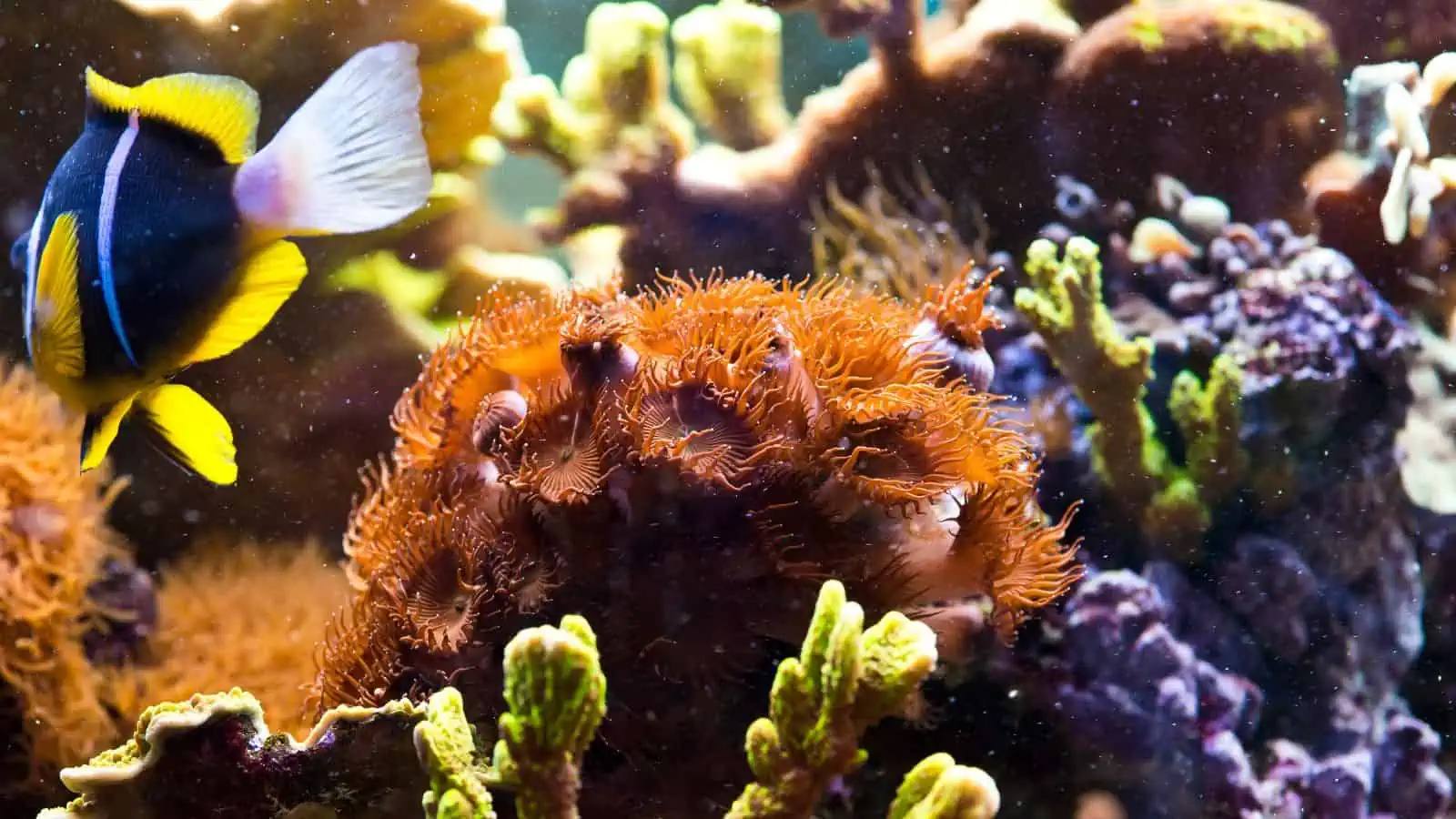
Zoanthids are easy to care for and popular with both beginners and expert hobbyists. There’s a wide range of these corals to choose from, coming in many different colors and patterns, with some specimens selling for thousands of dollars.
These corals need a moderate flow and lighting and can do well at low, medium, and high placements in your tank.
The main downside to Zoanthids is that they can close up for weeks at a time for no apparent reason and quickly overgrow other corals.
Mushroom Corals
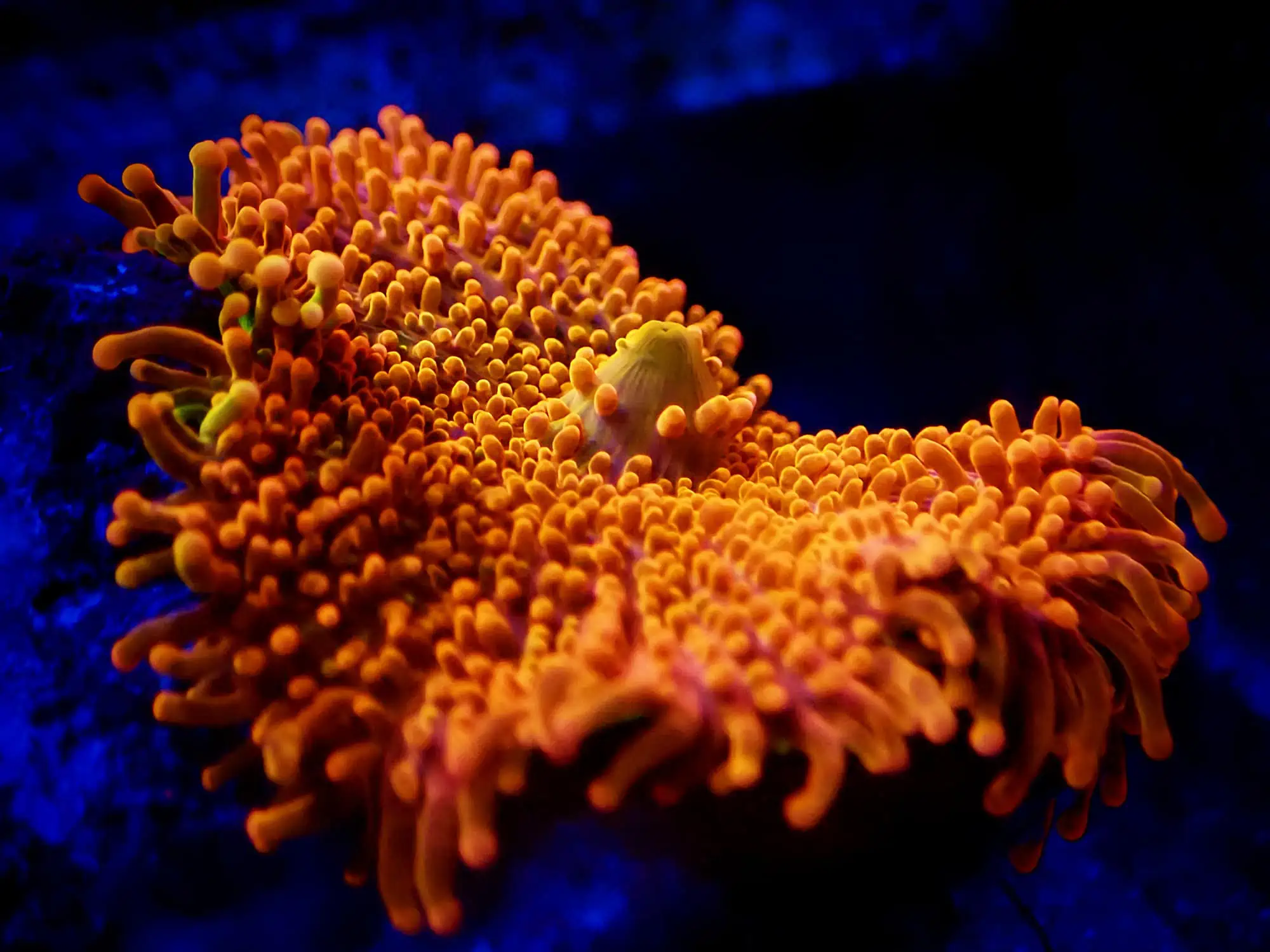
These semi-aggressive corals are found in many of the world’s tropical oceans, especially around Tonga, Australia, Indonesia, and the Caribbean.
At first glance, Mushroom corals are not the most exciting to look at, although they are some of the easiest to frag, which is good news for beginner reefers. These corals can be bumpy, smooth, or hairy and come in blue, purple, orange, yellow, and red.
The main problem with Mushroom corals is their unique walking propagation ability, leaving pieces behind to create new organisms, quickly leading to overgrowth.
Green Star Polyps (Pachyclavularia spp.)

Green Star Polyps are known for their incredibly fast growth rate, which can be both a blessing and a curse for aquarium owners.
While they are an excellent option for beginners due to their ease of care, some hobbyists avoid Green Star Polyps altogether because of their tendency to spread rapidly.
For that reason, keeping these corals alone on a rock island is highly recommended to stop them from overtaking other corals.
However, many hobbyists enjoy using Green Star Polyps to create a stunning green wall or a waving lawn on the bottom of their tank. Despite their popularity, some reefers have regretted introducing these corals into their tanks because of their fast growth.
However, the good news is that Green Star Polyps are relatively easy to frag, making them a great option for those who want to propagate corals in their aquarium.
Toadstool Leather(Sarcophyton spp.)

Toadstool Leather corals are some of the largest species available in the hobby, with some growing up to 2 feet across. Despite their size, they are easy to frag, making these corals a great choice for a beginner tank.
Although they only come in brown, green, tan, and yellow, Toadstool corals can have varying tentacle lengths, and one of their unique features is that they shed a thin layer of their flesh about once a month.
That’s not necessarily a sign of stress but rather a way to keep algae and other debris off the coral, and because of that quirk, Toadstool Leather corals do best in moderate to high water flow.
Pulsing Xenia (Xenia spp.)
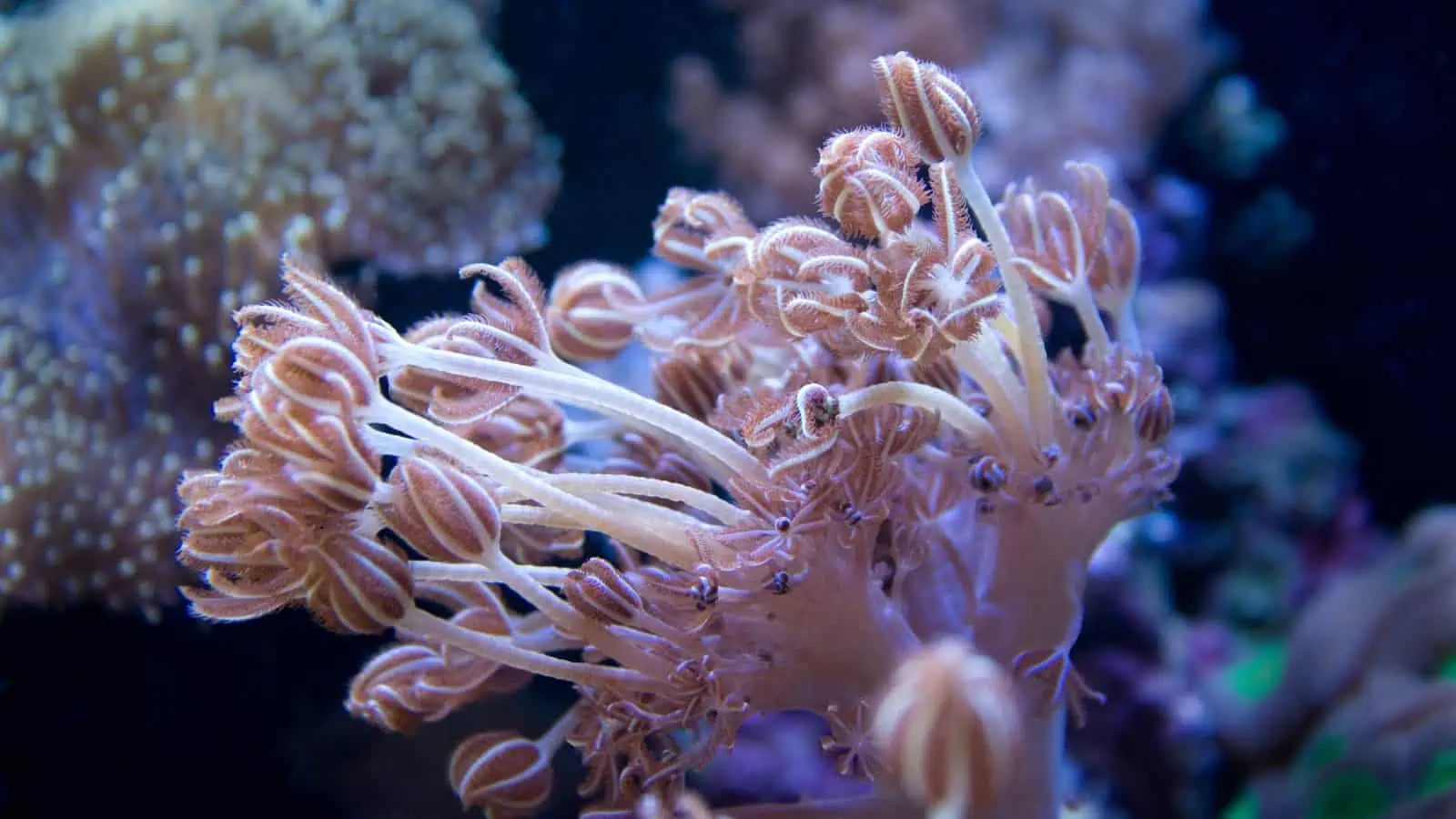
I love keeping Xenias in my reef tank! These beautiful corals add so much life and color with their pulsating pink and purple polyps.
It’s a shame that sometimes they stop pulsing for unknown reasons, even if they’re perfectly healthy otherwise. But I’ve found that they keep going strong as long as I keep them in low to moderate flow and lighting.
Kenya Tree (Capnella spp.)
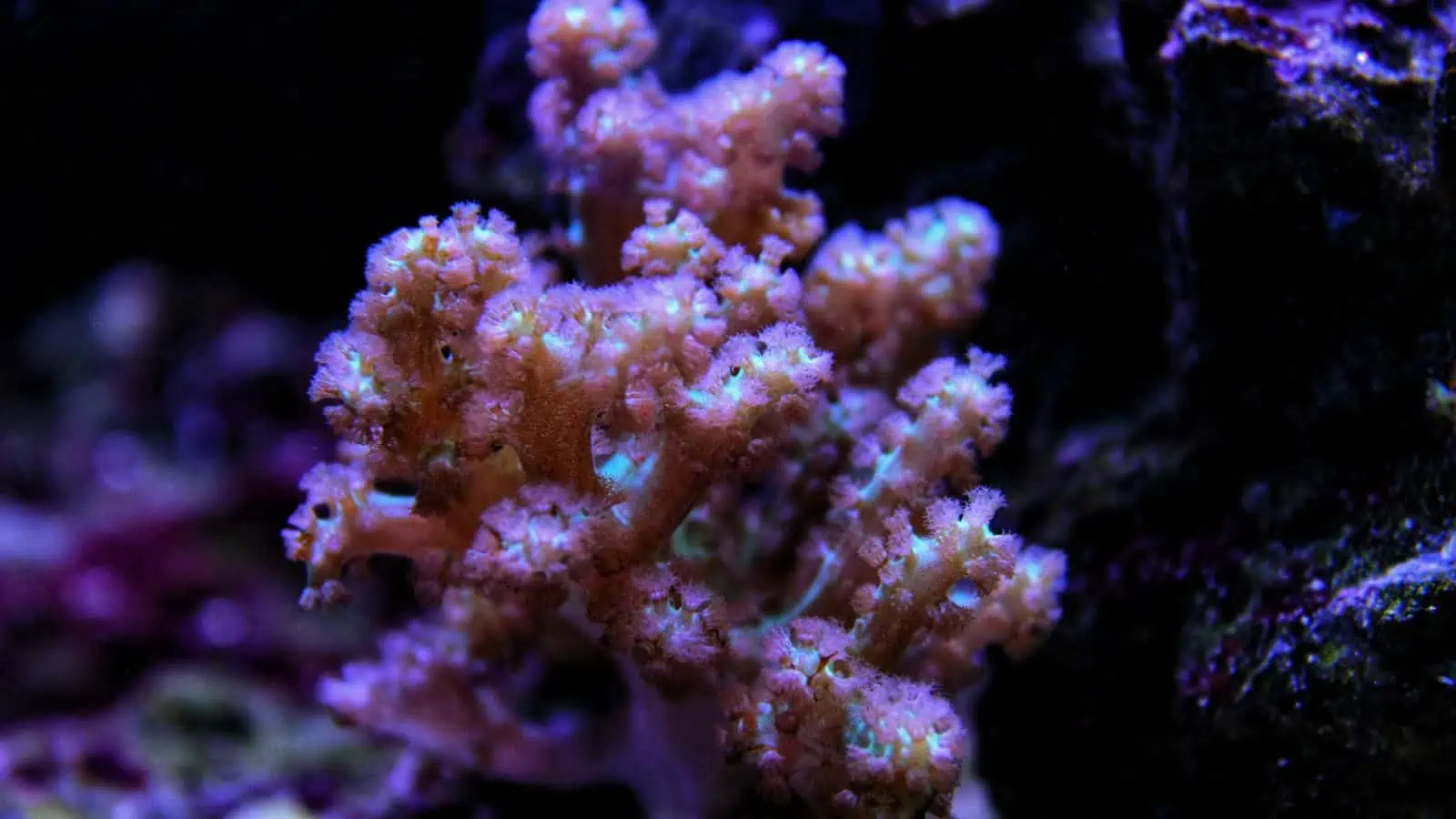
Kenya Tree corals have gorgeous fluffy branches and soft textures, and despite their rather dull pink and brown shades, they can create a beautiful, natural-looking aesthetic in your tank.
However, one issue with Kenya tree corals is their rapid spread. These corals propagate by extending their branches to other parts of the tank, and once established, they can be challenging to remove completely from the rockwork, sometimes overrunning your aquarium.
Devil’s Hand (Lobophytum spp.)

Devil’s Hand corals are a type of leather coral that gets its name from its unique, spooky-looking “fingers” that reach up toward the water’s surface. Unlike other leather coral species, Devil’s Hands have short tentacles, making them look like they’re not fully extended.
Like Toadstool corals, this species tends to shed, usually due to stress or for cleaning, and they need higher water flow to help remove the flaking flesh during the shedding process.
Colt (Klyxum sp.)
Colt corals look very similar to Kenya tree corals, although they belong to two totally different genera. However, Colt corals have full, transparent branches compared to Kenya Tree corals whose branches are thick and opaque.
In addition, Colt corals feel more slimy than Kenya Tree corals, which feel more like sturdy leather coral.
Pipe Organ (Tubipora musica)
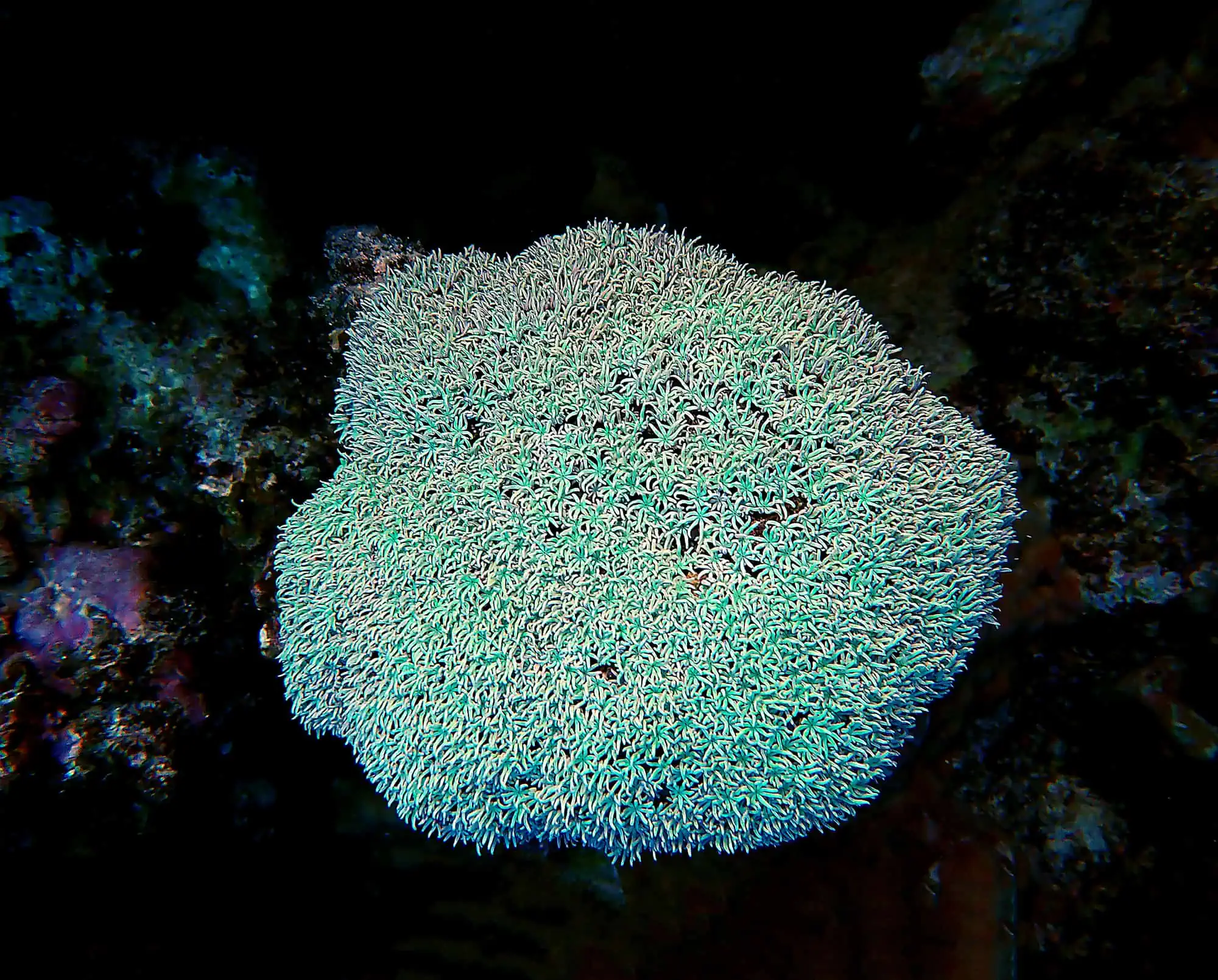
Pipe Organ corals are uncommon in the home aquarium despite their beautiful floral patterns. These corals are widespread throughout the Indo-Pacific, especially Australia, Fiji, Solomon Islands, Tonga, and the Western Pacific Ocean.
Pipe Organ corals must be kept clean from detritus and algae by ensuring adequate water flow throughout your tank. These corals also need stable alkalinity and available calcium to build their skeleton, making them somewhat more challenging to keep than the other species on our list.
Clove Polyp Coral (Clavularia)

These soft corals are popular with experts and beginners since they can do well in a wide range of lighting and water flow. These corals are photosynthetic like most others but will also take additional foods like krill and rotifers.
Unfortunately, this particular coral is very slow growing, so if you frag them, you will have a rather long wait. Position Clove Polyp coral well away from aggressive corals so that it can expand freely, and add iodine and trace elements to the water to boost growth.
Final Thoughts
Soft corals can make a beautiful addition to any reef tank, providing a glorious aesthetic and a home for fish and other marine life.
The ten soft coral species featured in this guide can all be grown in the home tank relatively easily, making them suitable for beginner and experienced reefers alike.
In most cases, you can take frags from the corals and use them to grow new colonies, which you can use to expand your undersea empire or give to friends.

